Vendemmia Montioni 2020
V e n d e m m i a M o n t i o n i 2 0 2 0
Anche quest’anno è giunto il magico momento della vendemmia! A partire da settembre continua non stop la raccolta dei nostri migliori grappoli d’uva. Vi raccontiamo come sta procedendo la vendemmia Montioni 2020 di tre tipologie di uve: Sangiovese, Grechetto e Merlot.
Grechetto
Il vitigno tra i simboli per eccellenza dell’Umbria viene raccolto manualmente, alle prime luci dell’alba. Perché? In questo modo l’uva resta fresca e non perde profumi e freschezza al palato.
Si prospetta un ottimo raccolto composto da uve tutte sane e floride!
La buccia degli acini è stata separata immediatamente dal succo poiché la fermentazione del Grechetto avviene proprio senza le bucce, e il suo liquido fermenterà per circa 20 giorni in maniera del tutto naturale.
Per produrre il vino Grechetto IGT è necessario che le uve siano al 100% Grechetto. Per degustare un calice del nostro bianco Grechetto cliccate QUI!


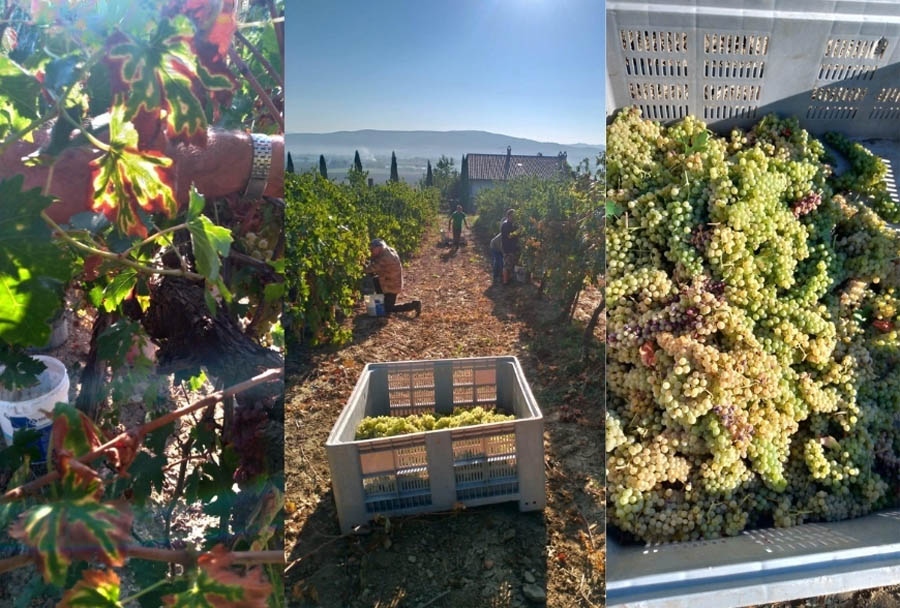
Merlot
La raccolta manuale delle nostre uve Merlot Biologico ha aperto le danze a tutta la raccolta dell’anno 2020!
I grappoli raccolti seppur di quantità leggermente inferiore al raccolto tipico, presentano acini sanissimi e di elevatissima compattezza. L’acino è integro e ricoperto da una buccia molto spessa: la situazione ideale per le lunghe fermentazioni che tendono ad estrarre più colore.
Dopo la raccolta, le uve Merlot sono state subito diraspate e inserite in vasca per la fase della fermentazione.
Le uve Merlot compongono per il 50% il nostro UMBRIA ROSSO IGT e circa il 20% del nostro MONTEFALCO ROSSO.
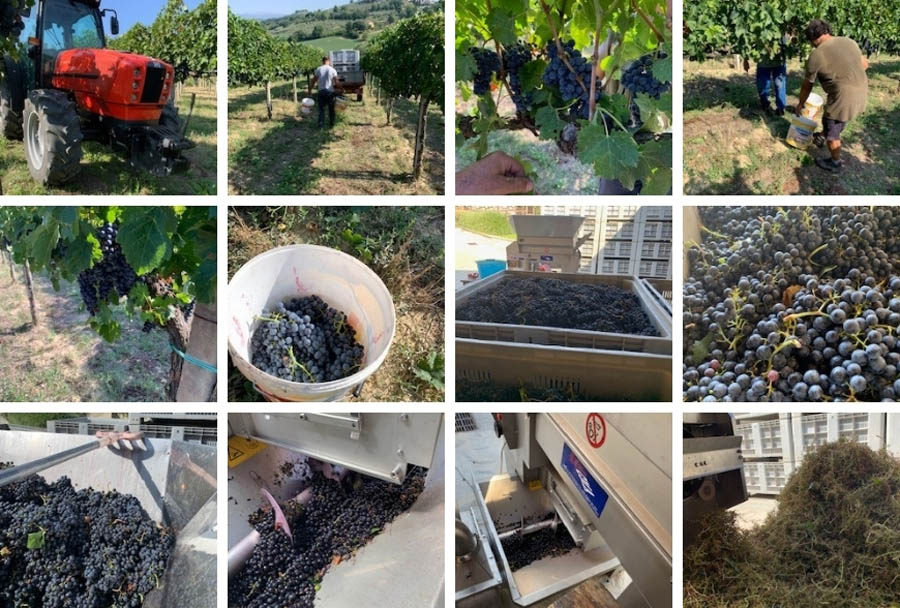
Sangiovese
Infine vi raccontiamo della raccolta delle uve tipologia Sangiovese: la quantità è buona, non eccessiva, i grappoli si presentano compatti e sanissimi: una meraviglia per gli occhi!
Il grado zuccherino risulta ottimale, così com eil colore dell’uva e il suo livello di acidità.
Il vitigno Sangiovese compone per il 50% il nostro UMBRIA ROSSO IGT e circa il 65% del nostro MONTEFALCO ROSSO
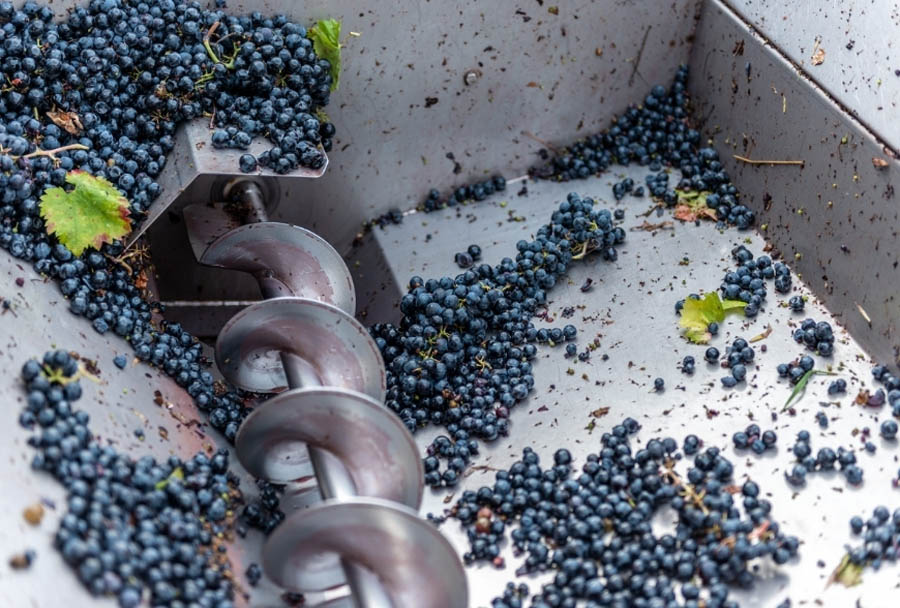
On occasion, the winemaker may decide to leave them in if the grapes themselves contain less tannin than desired. This is more acceptable if the stems have ‘ripened’ and started to turn brown. If increased skin extraction is desired, a winemaker might choose to crush the grapes after destemming.
Wine is one of the most civilized things in the world and one of the most natural things of the world that has been brought to the greatest perfection, and it offers a greater range for enjoyment and appreciation than, possibly, any other purely sensory thing.
Ernest Hemingway Tweet
Removal of stems first means no stem tannin can be extracted. In these cases the grapes pass between two rollers which squeeze the grapes enough to separate the skin and pulp, but not so much as to cause excessive shearing or tearing of the skin tissues. In some cases, notably with “delicate” red varietals such as Pinot noir or Syrah, all or part of the grapes might be left uncrushed (called “whole berry”) to encourage the retention of fruity aromas through partial carbonic maceration.
The Grapes
The quality of the grapes determines the quality of the wine more than any other factor. Grape quality is affected by variety as well as weather during the growing season, soil minerals and acidity, time of harvest, and pruning method. The combination of these effects is often referred to as the grape’s terroir.
Grapes are usually harvested from the vineyard from early September until early November in the northern hemisphere, and mid February until early March in the southern hemisphere.
In some cool areas in the southern hemisphere, for example Tasmania, harvesting extends into May. The most common species of wine grape is Vitis Vinifera, which includes nearly all varieties of European origin. The most common species of wine grape is Vitis Vinifera, which includes nearly all varieties of European origin.

Manual harvesting is the hand-picking of grape clusters from the grapevines. In the United States, some grapes are picked into one- or two-ton bins for transport back to the winery. Manual harvesting has the advantage of using knowledgeable labor to not only pick the ripe clusters but also to leave behind the clusters that are not ripe or contain bunch rot or other defects. This can be an effective first line of defense to prevent inferior quality fruit from contaminating a lot or tank of wine.
Destemming is the process of separating stems from the grapes. Depending on the winemaking procedure, this process may be undertaken before crushing with the purpose of lowering the development of tannins and vegetal flavors in the resulting wine. Single berry harvesting, as is done with some German Trockenbeerenauslese, avoids this step altogether with the grapes being individually selected.
Crushing is the process when gently squeezing the berries and breaking the skins to start to liberate the contents of the berries. Destemming is the process of removing the grapes from the rachis (the stem which holds the grapes).
In traditional and smaller-scale wine making, the harvested grapes are sometimes crushed by trampling them barefoot or by the use of inexpensive small scale crushers. These can also destem at the same time. However, in larger wineries, a mechanical crusher/destemmer is used. The decision about destemming is different for red and white wine making. Generally when making white wine the fruit is only crushed, the stems are then placed in the press with the berries. The presence of stems in the mix facilitates pressing by allowing juice to flow past flattened skins.
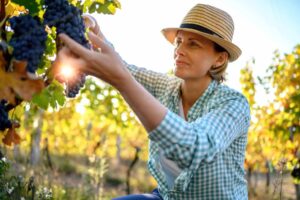
Katerina Monroe
@katerinam • More Posts by Katerina
Congratulations on the award, it's well deserved! You guys definitely know what you're doing. Looking forward to my next visit to the winery!
